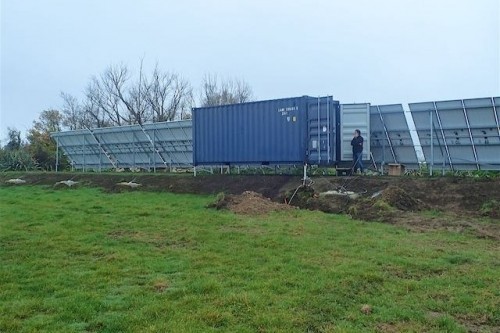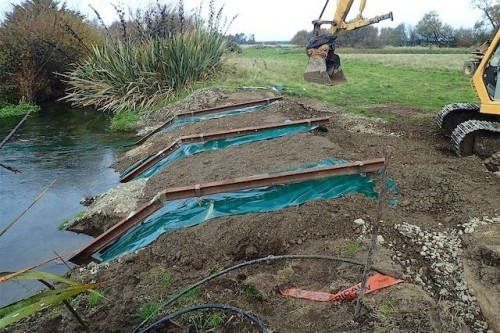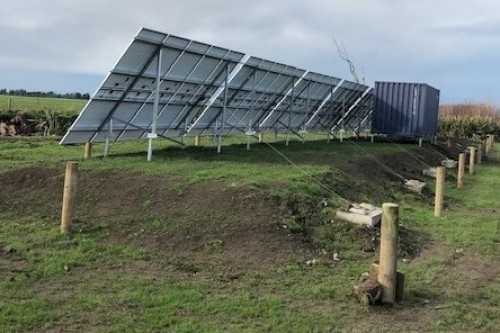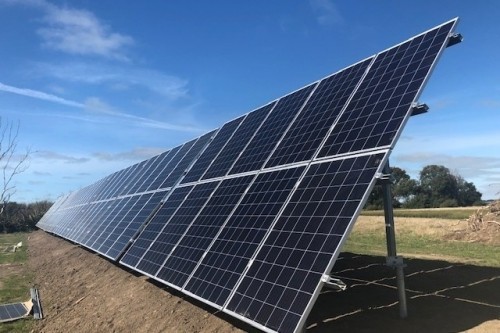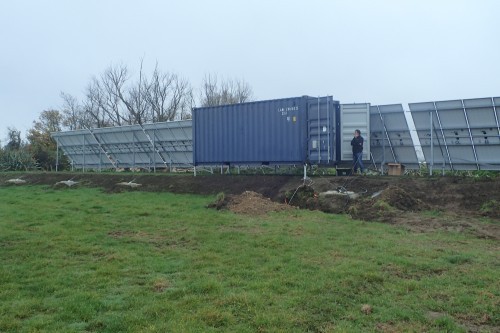Smith-Root Staff
Monday, July 22, 2019The Canterbury Regional Council recently completed construction on the first pulsed DC electrical barrier in New Zealand. The electrical barrier is designed to deter upstream movement of Brown Trout from the Hororata River into a tributary that contains one of the largest populations of the Canterbury Mudfish, a native fish that has a conservation status of Threatened (Nationally Critical) under the New Zealand Threat Classification System.
The Canterbury mudfish (Neochanna burrowsius) is native to New Zealand and, as the name implies, is endemic to the Canterbury Plain south of Christchurch. It has the unique ability to absorb oxygen from air through its mouth tissues — a process known as aestivation — allowing it to survive periods of dewatering or low dissolved oxygen levels in water. Due to habitat loss, it has a conservation status of Threatened (Nationally Critical) under the New Zealand Threat Classification System.
Another threat to Canterbury mudfish populations is predation by non-native Brown Trout. The popular sportfish are known to consume mudfish in areas where they physically overlap. In Bealey Stream, a small, spring-fed tributary to the Hororata River, Environment Canterbury identified a location ideal for physically separating Brown Trout from a critical population of Canterbury mudfish. The barrier location near the confluence of the tributary with the Hororata River is on private land, but both adjacent landowners were amenable to a solution that did not inundate their land.
In 2018, Environment Canterbury engaged Smith-Root to design an electrical barrier at this location to deter upstream migration of Brown Trout into the critical habitat of the Canterbury mudfish. Smith-Root designed the 3 kW electrical barrier system, and New Zealand-based Pattle Delamore Partners contributed the site civil engineering design of the barrier system. The barrier was constructed in the southern hemisphere autumn of 2019 by New Zealand-based Frizzell Agricultural Electronics. Smith-Root conducted system commissioning and trained the local Environment Canterbury staff and local landowners that operate and interact with the deterrence system.
A key feature of the barrier is it is 100% powered by solar electricity. A solar panel array charges a battery bank that provides power to the electrical barrier. The battery bank stores enough power to operate in a deficit for long periods, negating the need for a backup power system. The barrier system is completely separate from mains electrical power. It is likely the Haldon Pastures electrical barrier is the world?s largest solar-powered electrical fish barrier.
The Haldon Pastures Electric Barrier is Smith-Root's first installation in New Zealand and in the Southern Hemisphere. To our knowledge, it is the first pulsed direct current electrical barrier installed in New Zealand and Australia.

